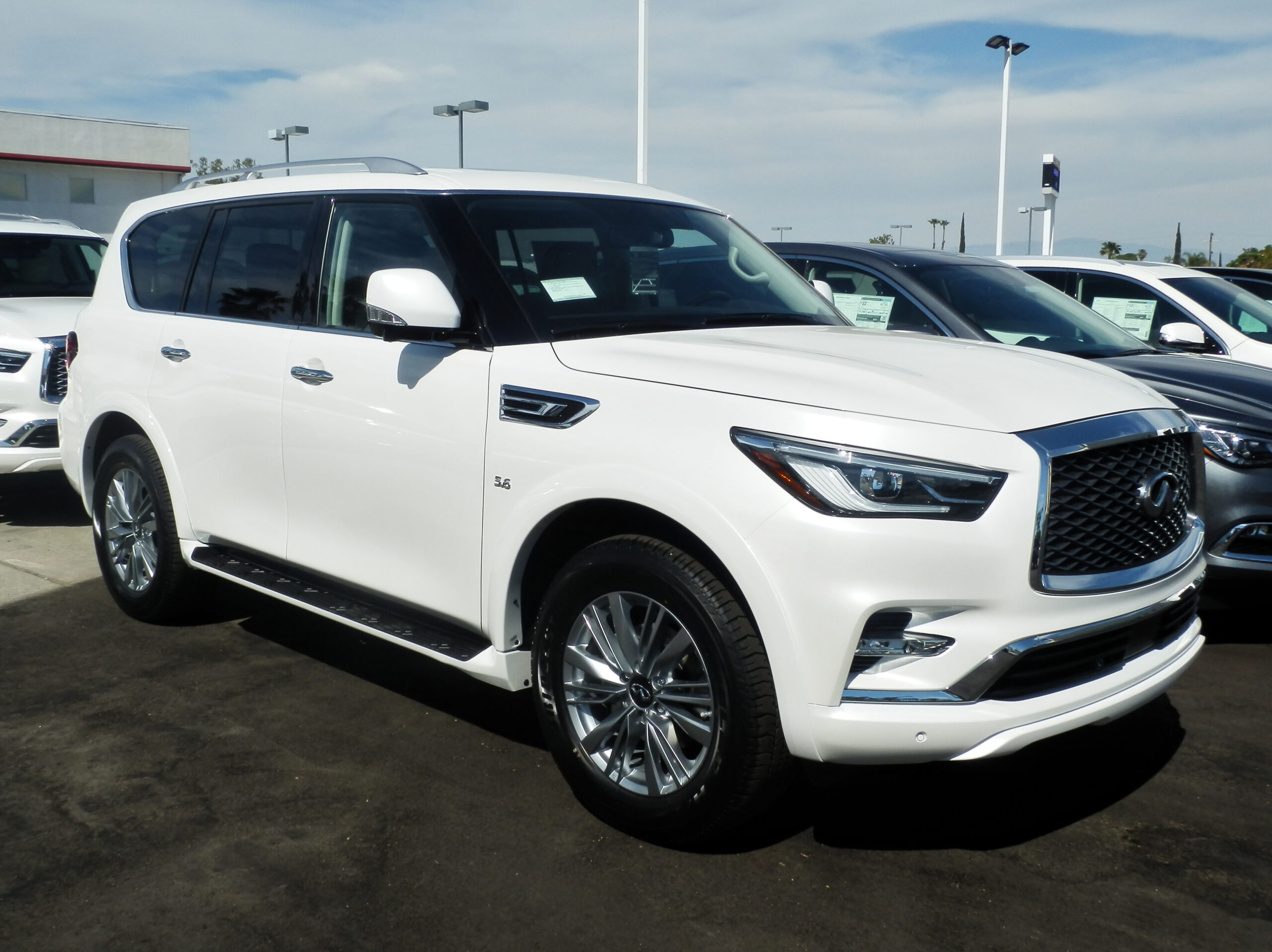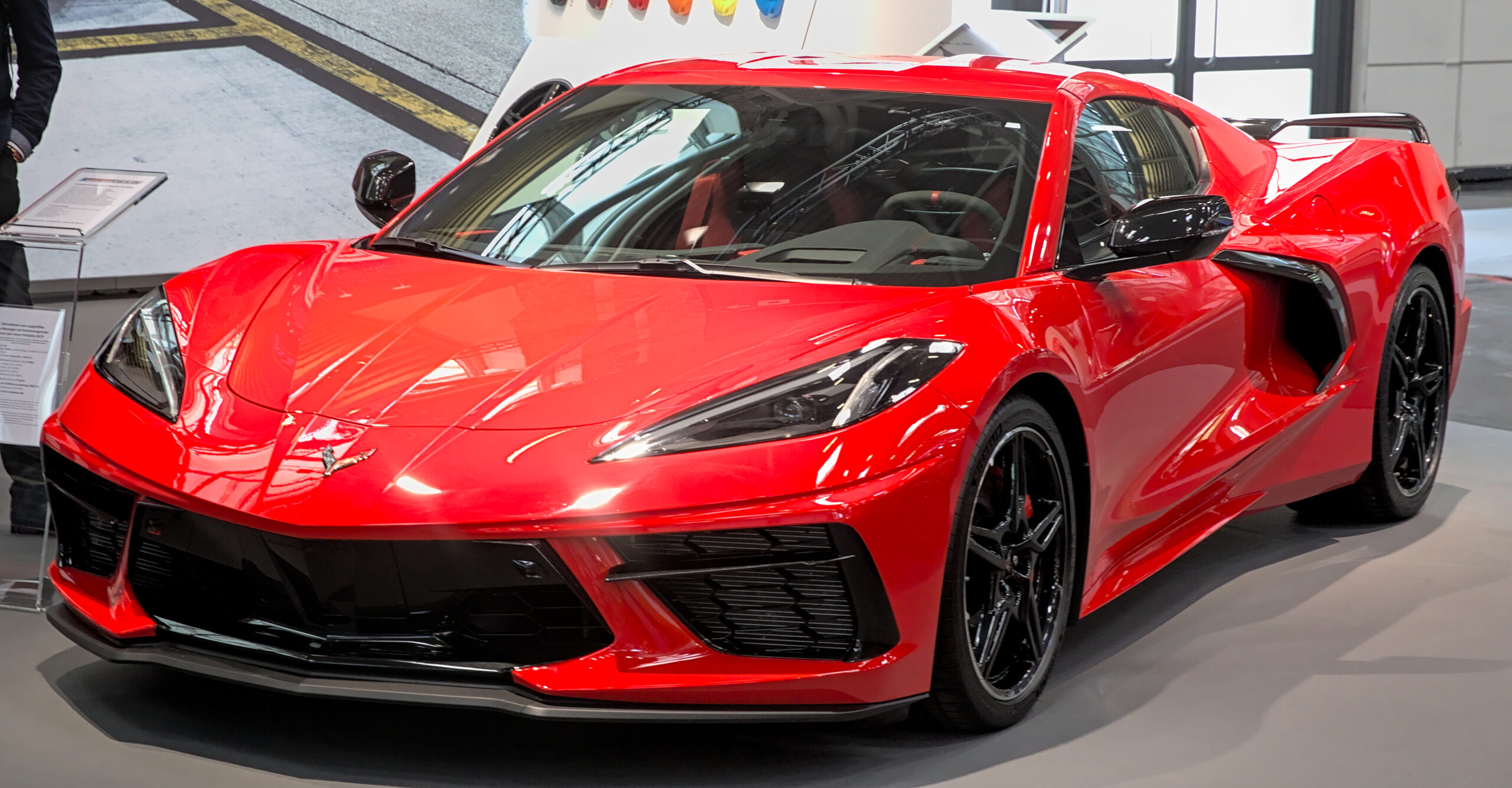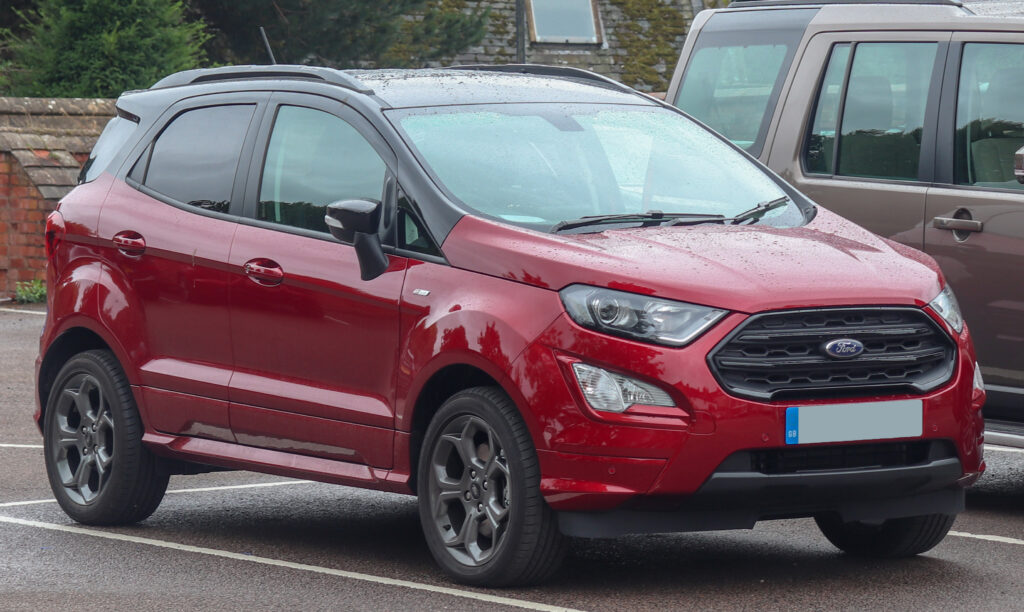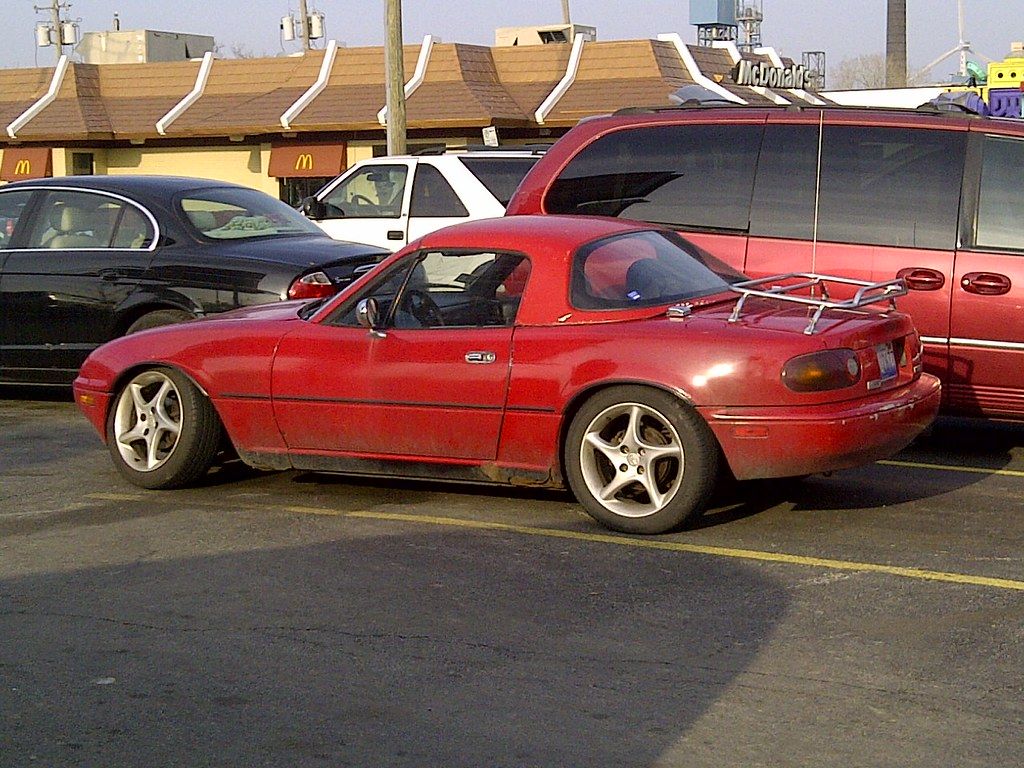
When embarking on the journey of car ownership, the initial sticker price is often just the beginning of the financial commitment. Beyond the upfront cost, prospective buyers must carefully consider the long-term expenses associated with maintenance and repairs, which can significantly impact the total cost of ownership over time. These ongoing costs are not uniform; they fluctuate widely depending on a multitude of factors, most notably the vehicle’s make, model, age, and even how it’s driven. For many, a seemingly attractive purchase can turn into a financial burden if these crucial long-term expenses are overlooked.
Understanding potential repair costs is crucial for effective budgeting, as it helps car owners prepare for both expected and unexpected expenses. While routine maintenance items like oil changes and tire rotations are predictable, unforeseen repairs can be random and highly expensive, ranging from an oxygen sensor replacement costing $200-$500 to a full engine replacement potentially exceeding $10,000. These substantial costs highlight the importance of diligent research before committing to a vehicle, especially when considering models known for their complex engineering and specialized components.
In this comprehensive analysis, we delve into a selection of sedans whose estimated maintenance costs can surpass the $10,000 mark within the first seven years of ownership. Drawing upon comprehensive automotive data and expert insights, we spotlight brands that, while offering exhilarating performance and luxurious comfort, demand a higher financial commitment in upkeep. Our aim is to provide practical, data-driven insights to help consumers make informed decisions about the true cost of owning some of the most intriguing, yet demanding, sedans on the market.

1. **BMW Sedans**BMW has long been synonymous with precision engineering, thrilling performance, and sophisticated luxury, making its sedans highly desirable among automotive enthusiasts. From the agile 3 Series to the executive 5 Series and the opulent 7 Series, these vehicles offer an unmatched driving experience characterized by advanced technology and dynamic capabilities. However, this dedication to innovation and performance often translates into higher maintenance and repair costs over the long term, making BMW sedans a significant financial consideration for owners.
One of the primary drivers of these elevated costs is the complex engineering and advanced technology integrated into every BMW sedan. The context notes that models like the BMW 3 Series and BMW X5 (and by extension, other BMW sedans) “come with complex engineering and advanced technology, both of which contribute to higher-than-average maintenance costs.” These intricate systems, while enhancing performance and comfort, require specialized diagnostic tools and highly trained technicians for service, leading to higher labor charges.
Based on the available data, the average annual cost for a BMW can be estimated at around $1,890. Projecting this over a seven-year ownership period suggests a total maintenance expenditure of approximately $13,230. This figure positions BMW sedans well above the $10,000 threshold, reflecting the expense of maintaining such high-performance machines. The cost of parts for BMWs can also be considerable, as the brand utilizes premium, often proprietary, components that are more expensive than those found in more common vehicles.
Routine maintenance for optimal performance, as the context suggests, “can add up quickly.” This includes not only standard services like oil changes and tire rotations but also more specialized fluid replacements and inspections designed to preserve the vehicle’s intricate systems. Neglecting these scheduled maintenance items can lead to even more costly repairs down the line, such as “a seized (read: broken) engine” as one expert noted about a BMW whose owner neglected oil changes. This underscores the critical importance of adhering to the manufacturer’s recommended service schedule.
For owners of BMW sedans, budgeting for these substantial maintenance costs is paramount. While the driving experience is undeniably rewarding, it comes with a financial commitment to expert care and genuine parts. Considering an extended auto warranty before factory coverage expires, or as a backup for older vehicles, might be a prudent step, as it “should almost entirely cover the cost of a… $10,000 engine replacement,” offering peace of mind against unexpected, major repair bills.
Car Model Information: 2019 BMW 540 i xDrive
Categories: All articles needing additional references, All articles with unsourced statements, Articles needing additional references from April 2024, Articles with short description, Articles with unsourced statements from June 2025
Summary: The official founding date of the German motor vehicle manufacturer BMW is 7 March 1916, when an aircraft producer called Bayerische Flugzeugwerke (formerly Otto Flugmaschinenfabrik) was established. This company was renamed to Bayerische Motoren Werke (BMW) in 1922. However, the BMW name dates back to 1917, when Rapp Motorenwerke changed its name to Bayerische Motoren Werke. BMW’s first product was a straight-six aircraft engine called the BMW IIIa. Following the end of World War I, BMW remained in business by producing motorcycle engines, farm equipment, household items and railway brakes.
This was not enough and the company was suspended, effectively bankrupt, from 6 November 1918 to 1 February 1919. BMW turned to motorcycle engine manufacturing, building a smooth operating horizontally opposed engine to keep the centre of mass low and thus make a more responsive machine. The engine was well received but the motorcycles made using it were not and sold slowly. BMW’s General Director Franz Josef Popp had to branch out again and BMW became a sub-contract manufacturer for braking system manufacturer Knorr Bremse.
The major shareholder in BMW, Vienna based Italian speculator Camillo Castiglionli, sold all of his shares to Knorr Bremse in May 1920, who then acquired the remaining shares to make BMW a wholly owned subsidiary still run by Popp. Less than two years later Popp persuaded Castiglionli buy back the BMW company name and buy the Bayerische Flugzeugwerke for its production site on the other side of the air field. There the company produced its first motorcycle in 1923. This was the legendary Max Fritz designed BMW R32 shaft drive motorcycle, which featured an integrated gearbox, recirculating rather than total loss lubrication and with the cylinder heads poking out for cooling.
BMW became an automobile manufacturer in 1928 when it purchased Fahrzeugfabrik Eisenach, which built Austin Sevens at that time under licence (under the Dixi marque). The first car sold as a BMW was a rebadged Dixi called the BMW 3/15. Throughout the 1930s, BMW expanded its range into sports cars and larger luxury cars.
Aircraft engines, motorcycles, and automobiles would be BMW’s main products until World War II. During the war, against the wishes of Popp, BMW concentrated on aircraft engine production, with military motorcycles as a side line, and automobile manufacture stopped altogether in 1941, under government prohibition. BMW’s factories were heavily bombed during the war, its automobile factory in the Russian controlled East Germany and its remaining West German facilities were banned from producing motor vehicles or aircraft after the war. Again, the company survived by making pots, pans and bicycles. In 1948, BMW restarted motorcycle production. BMW resumed car production in Bavaria in 1952 with the BMW 501 luxury saloon. The range of cars was expanded in 1955, through the production of the cheaper Isetta microcar after acquiring the rights from Italian company Iso. Slow sales of loss making luxury cars, declining profitable motorcycle sales as the economy improved and small profit margins from microcars meant BMW was in serious financial trouble. A “600” 4 seat version of the Isetta, with the “fridge” front door and one side door and a 600 cc air cooled horizontal twin motorcycle engine, was a sales flop. This led to a “proper car” styled by Micholetti based on the 600 was developed but consumed all available fund leading to very limited production in 1959. In December 1959, the company was nearly taken over by rival Daimler-Benz. Herbert Quandt and Harald Quandt acquired a controlling interest, largely based on the sales prospect of the 700 resulted in the company surviving as a separate entity.
The Quandt’s father, Günther Quandt, was a well-known German industrialist. Quandt joined the Nazi party in 1933 and made a fortune arming the German Wehrmacht, manufacturing weapons and batteries. Many of his enterprises had been appropriated from Jewish owners under duress and with minimal compensation. At least three of his enterprises made extensive use of slave laborers, as many as 50,000 in all. One of his battery factories had its own on-site concentration camp, complete with gallows. While the Quandt family and BMW were not directly connected during the war, funds amassed in the Nazi era by his father allowed Herbert Quandt to buy BMW.
The BMW 700 was successful and assisted in the company’s recovery.
The 1962 introduction of the BMW New Class compact sedans was the beginning of BMW’s reputation as a leading manufacturer of sport-oriented cars. Throughout the 1960s, BMW expanded its range by adding coupe and luxury sedan models. The BMW 5 Series mid-size sedan range was introduced in 1972, followed by the BMW 3 Series compact sedans in 1975, the BMW 6 Series luxury coupes in 1976 and the BMW 7 Series large luxury sedans in 1978.
The BMW M division released its first road car, a mid-engine supercar, in 1978. This was followed by the BMW M5 in 1984 and the BMW M3 in 1986. Also in 1986, BMW introduced its first V12 engine in the 750i luxury sedan.
The company purchased the Rover Group in 1994, but the takeover was not successful and caused BMW large financial losses. In 2000, BMW sold off most of the Rover brands, retaining only Mini. BMW acquired the rights to the Rolls-Royce brand in 1998.
The 1995 BMW Z3 expanded the line-up to include a mass-production two-seat roadster, and the 1999 BMW X5 was the company’s entry into the SUV market.
Their first mass-produced turbocharged petrol engine was introduced in 1980 (m102), with most engines switching over to turbocharging over the following decade. The first hybrid BMW was the 2010 BMW ActiveHybrid 7, and BMW’s first electric car was the BMW i3 city car, which was released in 2013. After many years of establishing a reputation for sporting rear-wheel drive cars, BMW’s first front-wheel drive car was the 2014 BMW 2 Series Active Tourer multi-purpose vehicle (MPV).
Get more information about: History of BMW
Buying a high-performing used car >>>
Brand: BMW Model: Sedans
Price: $31,943 Mileage: 40,041 mi.
Read more about: Behind the Grease and Grime: 12 Cars That Make Mechanics Secretly Cheer (Or Curse) When You Roll In
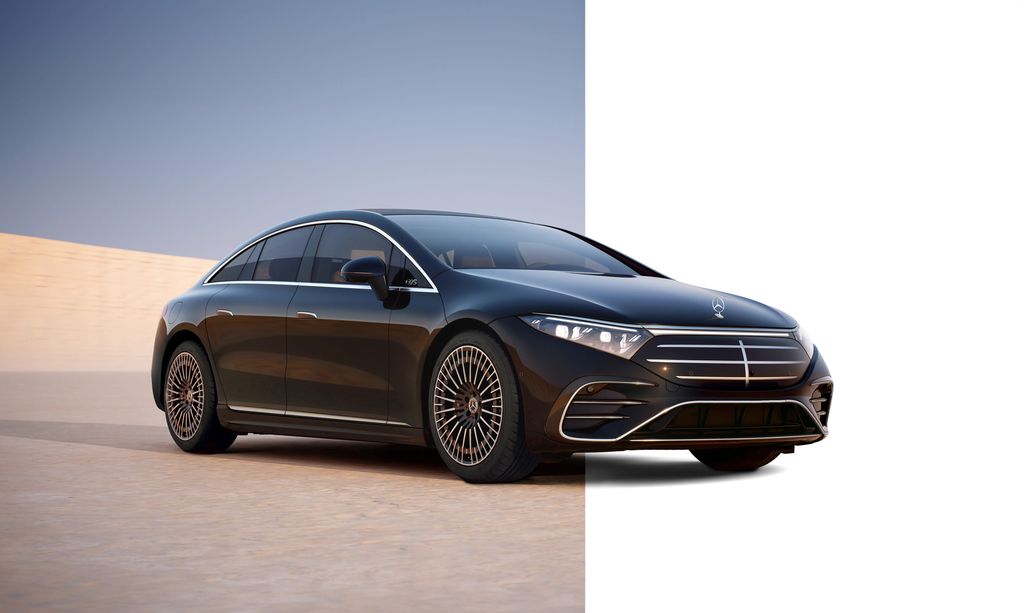
2. **Mercedes-Benz Sedans**Mercedes-Benz sedans epitomize luxury, comfort, and cutting-edge automotive technology, appealing to drivers who seek a refined and prestigious driving experience. Models such as the C-Class, E-Class, and the flagship S-Class are celebrated for their opulent interiors, advanced safety features, and powerful, yet smooth, powertrains. However, the pursuit of such automotive excellence often comes with a commensurate price tag when it comes to long-term maintenance and repair costs.
The context explicitly states that “Mercedes vehicles typically come with steep maintenance bills because of their complex technology and engineering.” These advanced systems, including sophisticated infotainment, driver-assist technologies, and intricate engine components, demand specialized knowledge and equipment for proper servicing. This complexity contributes significantly to the overall expense, as diagnostic procedures and repair work often require more time and higher labor rates from specialized technicians.
Estimates suggest an average annual maintenance cost for a Mercedes-Benz of approximately $1,800. Over a seven-year period, this accumulates to an estimated $12,600, placing these luxury sedans firmly in the category of vehicles with maintenance costs exceeding $10,000 within their first seven years. The “premium fluid replacements, brake and engine service” necessary for Mercedes-Benz vehicles also add to these costs, utilizing specialized fluids and components designed for high performance and longevity.
The E-Class and S-Class are highlighted as “prime examples of luxury vehicles with high repair and upkeep costs.” This is due to their top-tier components and the intricate nature of their systems, which, while providing unparalleled luxury and performance, inevitably lead to higher expenses when parts need replacement or systems require complex adjustments. The use of specialized parts, which are often more expensive and require authorized service centers, further contributes to these elevated costs compared to more mainstream brands.
Owners of Mercedes-Benz sedans should anticipate and budget for these “steep maintenance bills.” While the brand’s reputation for reliability is strong, the inherent cost of maintaining a luxury vehicle of this caliber is a reality. Proactive adherence to the recommended maintenance schedule is crucial, as is considering options like extended warranties to manage the financial impact of potential “massive repair bill[s]” that can arise from complex system failures or component wear over time.
Read more about: Why American Pickup Trucks Became Colossal: Unpacking the Complex Web of Regulations, Culture, and Market Forces
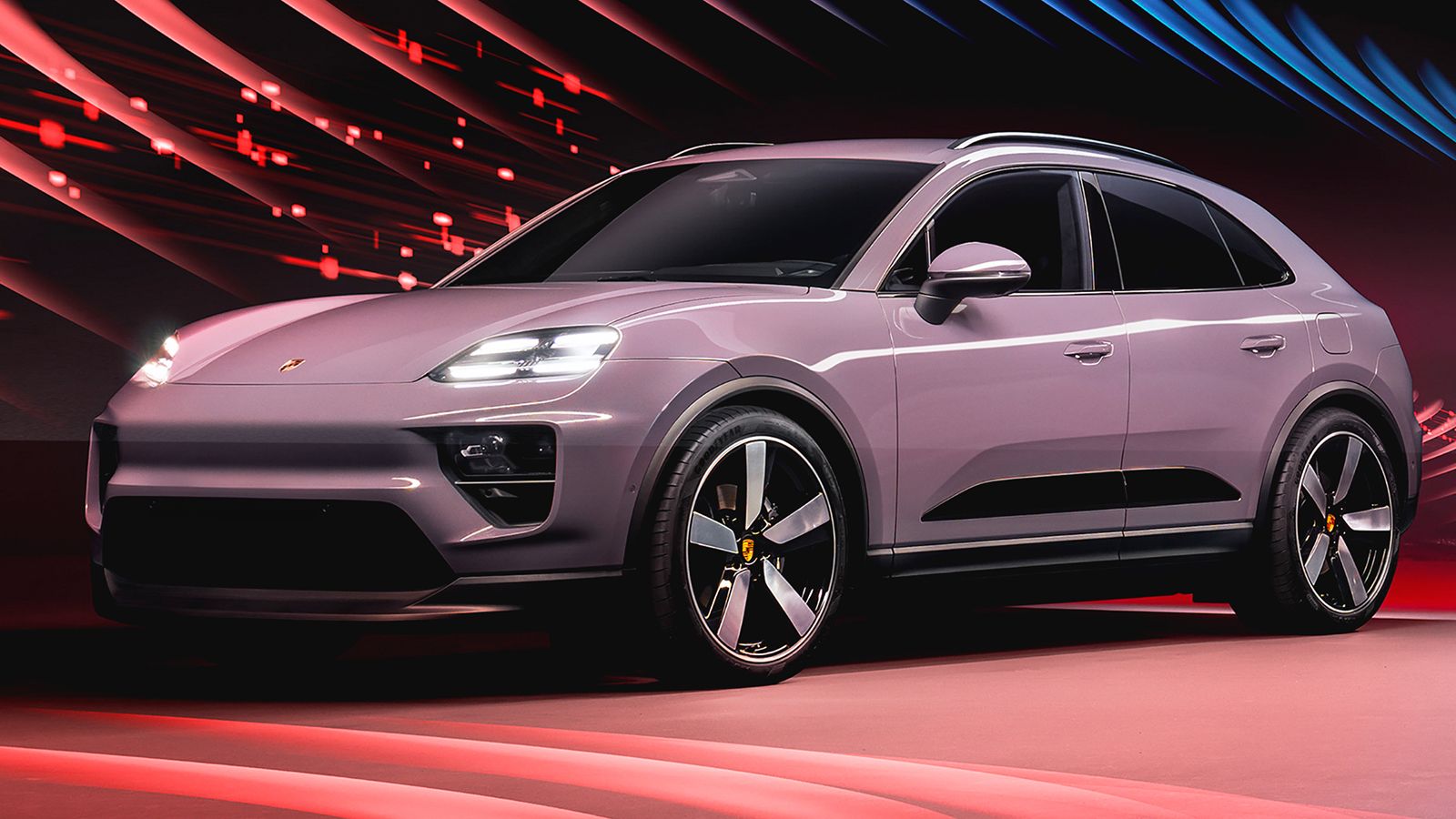
3. **Porsche Sedans**Porsche, a name synonymous with high-performance sports cars, also offers compelling sedans like the Panamera and the all-electric Taycan, which blend exhilarating driving dynamics with luxury and daily usability. These vehicles are engineered to the highest standards, featuring cutting-edge technology, powerful engines, and a relentless focus on performance. This pursuit of automotive perfection, however, is reflected not only in their purchase price but also in their notably high long-term maintenance costs.
The context indicates that “Premium brands like BMW or Mercedes-Benz use specialized parts that are more expensive and may require authorized service centers,” and Porsche fits squarely into this category. The components used in Porsche sedans are often performance-grade and highly specialized, designed to withstand the stresses of high-performance driving. This means that when parts need replacement, whether it’s for the advanced braking system, sophisticated suspension, or complex powertrain, the cost of these components themselves is typically much higher than for standard vehicles.
Porsche stands out with one of the highest average repair and maintenance costs among all brands, estimated at $1,712 per year. Over a seven-year ownership period, this translates to a substantial $11,984 in maintenance expenses. This figure clearly places Porsche sedans well over the $10,000 threshold within their first seven years. The cost variability is also highlighted by the insight that repair costs “vary widely by brand, from… $1,623 (Porsche),” reinforcing its position at the higher end of the spectrum.
Labor costs are another significant factor. As “Luxury and European brands often require technicians with specialized training,” Porsche service centers employ highly skilled technicians who are experts in the brand’s unique engineering. Their expertise, while essential for proper maintenance and diagnosis, commands higher labor rates, further inflating the total cost of any service or repair. Even routine services can be more expensive due to the vehicle’s complex architecture and the meticulous attention to detail required.
For those drawn to the unparalleled performance and prestige of a Porsche sedan, acknowledging and preparing for these significant maintenance costs is vital. Sticking to the factory-recommended service schedule, utilizing authorized service centers for their specialized expertise, and budgeting proactively for both routine and unexpected expenses are crucial strategies. While the thrill of driving a Porsche is undeniable, it demands a robust financial commitment to ensure its long-term health and preserve its legendary performance.
Continuing our exploration of high-maintenance sedans, we shift our focus to additional brands where intricate systems, premium components, and brand-specific service requirements similarly contribute to maintenance costs that can quickly surpass the $10,000 threshold over the initial seven-year ownership period. Understanding these financial realities is paramount for prospective buyers, enabling them to make truly informed decisions about their vehicle investment. We will also touch upon strategic tips to help mitigate these potentially steep expenses.
Car Model Information: 2024 Porsche Taycan Base
Name: Porsche Taycan
ModelCode: Type 9J1
Manufacturer: Porsche
Production: 2019–present
Assembly: Stuttgart
Designer: Emiel Burki
Class: Executive car
BodyStyle: Sedan (automobile),shooting brake
Platform: Volkswagen Group MSB platform#J1 Platform Models
Engine: Synchronous motor#Permanent-magnet
Layout: Rear-motor, rear-wheel-drive
Transmission: 1-speed direct-drive (front 8.05:1),2-speed automatic (rear; 16:1 and 8.05:1)
Battery: lithium-ion battery,lithium-ion battery
ElectricRange: cvt
Charging: Direct current,Direct current,Alternating current,Alternating current
Length: Convert
Wheelbase: Convert
Width: Convert
Height: Convert
Weight: Convert
Related: Audi e-tron GT
Sp: uk
Categories: 2020s cars, All-wheel-drive vehicles, All articles with unsourced statements, Articles with short description, Articles with unsourced statements from January 2025
Summary: The Porsche Taycan is a battery electric luxury sports sedan and shooting brake car produced by German automobile manufacturer Porsche. The concept version of the Taycan, named the Porsche Mission E, debuted at the 2015 Frankfurt Motor Show. Four years later, the production Taycan was revealed at the 2019 Frankfurt Motor Show. As Porsche’s first series production electric car, it is sold in several variants at different performance levels, and may spawn further derivatives in future models. It is built on the J1 electric car platform shared with the similarly shaped Audi e-tron GT.
The name “Taycan” (/taɪ-kan/) is a reference to the steed on the coat of arms of the city of Stuttgart, found on the Porsche crest. In Turkish, tay means colt or young horse, and can means lively. The “Turbo” name used in the higher trims, being electrically powered, does not mean to have turbochargers, but to have “increased power”.
Get more information about: Porsche Taycan
Buying a high-performing used car >>>
Brand: Porsche Model: Taycan
Price: $97,995 Mileage: 5 mi.
Read more about: Why American Pickup Trucks Became Colossal: Unpacking the Complex Web of Regulations, Culture, and Market Forces

4. **Audi Sedans**Audi sedans, revered for their sophisticated design, advanced quattro all-wheel drive systems, and luxurious interiors, offer a compelling blend of performance and prestige. Models like the A4, A6, and A8 are packed with cutting-edge technology and precision engineering, providing a driving experience that rivals the best in the luxury segment. However, this commitment to innovation and high-end materials invariably translates into higher long-term maintenance and repair costs, positioning Audi as a brand where upkeep expenses can be substantial.
One of the primary factors driving these elevated costs is the brand’s complex technology and intricate engineering. Audi vehicles, being luxury European models, frequently incorporate specialized electronic systems, advanced driver-assistance features, and performance-tuned powertrains that demand expert knowledge for diagnosis and repair. The context reinforces that “Luxury and European brands often require technicians with specialized training,” meaning labor rates at authorized Audi service centers tend to be higher due to the specific expertise required.
Based on estimated repair and maintenance costs for 2025, an Audi can incur approximately $1,417 per year in upkeep. Projecting this over a seven-year ownership period brings the total maintenance expenditure to around $9,919. While this figure is very close to the $10,000 mark, various factors, including the specific model, unexpected repairs, and local labor rates, can easily push it over this threshold. The J.D. Power 2025 Vehicle Dependability Study also placed Audi among the bottom five for reliability, suggesting a higher propensity for repairs that can further inflate long-term costs.
The cost of replacement parts for Audi sedans also contributes significantly to their overall maintenance expense. Like other premium brands, Audi utilizes high-quality, often proprietary, components that are more expensive than those found in mass-market vehicles. Whether it’s specialized brake components, advanced suspension systems, or complex engine sensors, these parts come with a premium price tag, making even routine services more costly when replacements are needed.
Owners of Audi sedans should prepare for these considerable expenses by adhering strictly to the manufacturer’s recommended maintenance schedule, as proactive care can prevent more severe and costly issues down the line. Budgeting for higher-than-average service bills and considering an extended warranty can provide financial protection against the inherent costs of maintaining such a technologically advanced and luxurious vehicle.
Car Model Information: 2022 Audi A3 40 Premium
Name: Audi 80 and Audi 90
Caption: Audi 80 (B4)
Manufacturer: Audi
Aka: Audi Fox ,Audi 4000 ,Audi 4000 5+5 ,Audi 5+5 ,Audi 4000S
Production: 1966–1996
Assembly: Ingolstadt,Emden,Wolfsburg,Clayton, Victoria
Predecessor: Audi F103
Successor: ubl
Class: Compact executive car
Layout: Longitudinal engine,Front-engine, front-wheel-drive layout,front-wheel-drive
Platform: Volkswagen Group B platform
Related: Audi Cabriolet,Audi Coupé,Volkswagen Passat
Sp: uk
Categories: 1980s cars, 1990s cars, All-wheel-drive vehicles, All articles needing additional references, All articles with unsourced statements
Summary: The Audi 80 is a compact executive car produced by the Audi subdivision of the Volkswagen Group across four generations from 1966 to 1996. It shared its platform with the Volkswagen Passat from 1973 to 1986 and was available as a saloon, and station wagon — the latter marketed by Audi as the Avant. The coupé and convertible models were not badged as members of the range, but used a derivative of the same platforms.
In North America and Australia, the 80 was marketed as the Audi Fox for model years 1973–1979, as the Audi 4000 for model years 1980–1987 in the US, as Audi 4000 5+5 from 1981 in the US, and Audi 5+5 in Australia during 1981 through 1983.
The Audi 90 was an upmarket version of the Audi 80, although all North American sedans of the B4 generation were called Audi 90.
Get more information about: Audi 80
Buying a high-performing used car >>>
Brand: Audi Model: Sedans
Price: $23,490 Mileage: 27,987 mi.
Read more about: Smart Savings on Wheels: Unveiling the 10 Best Value Used Cars for Frugal Shoppers, Backed by Dealer Insights and Long-Term Records
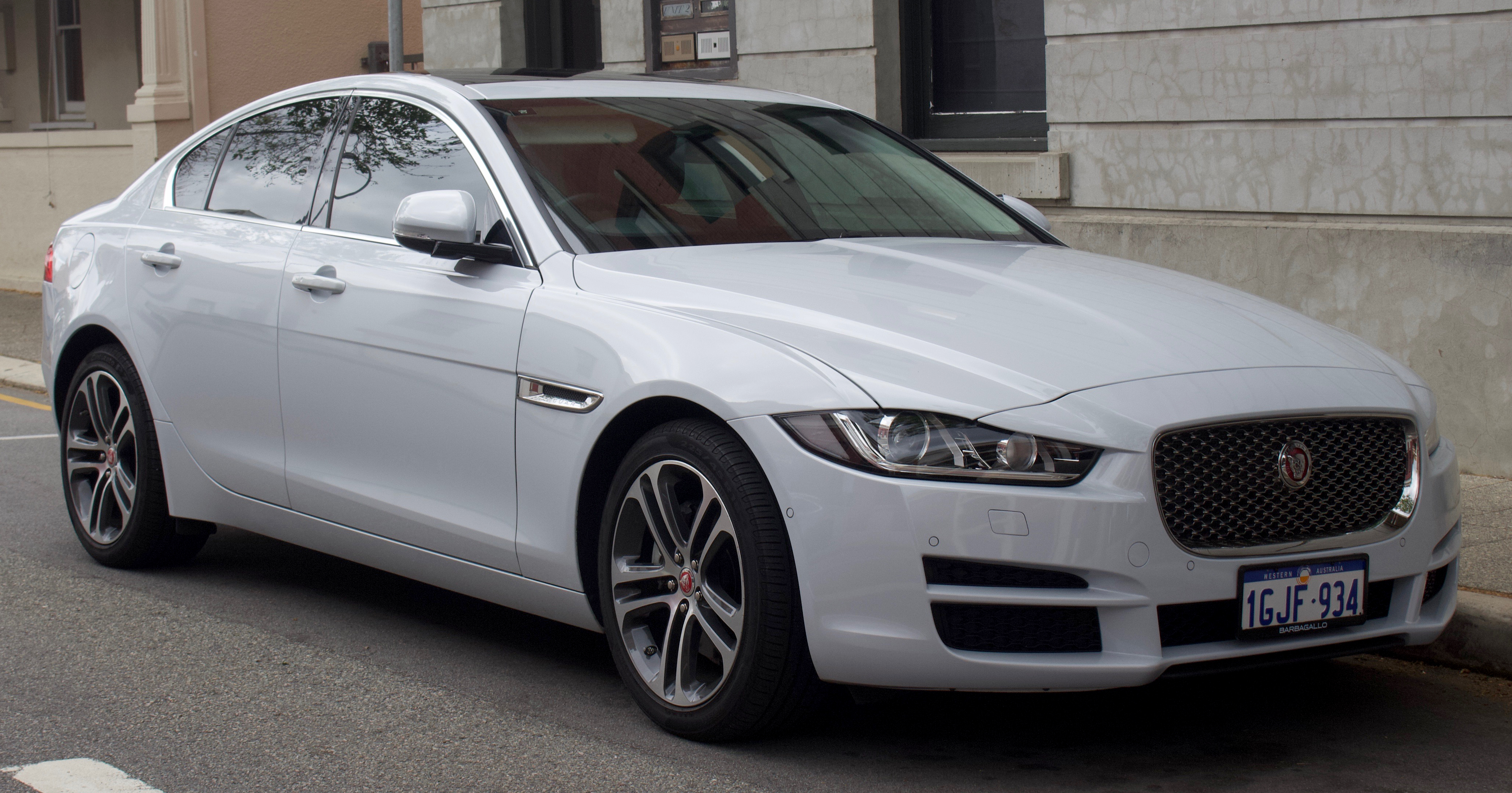
5. **Jaguar Sedans**Jaguar sedans, including models like the XF and the now-discontinued XE, are celebrated for their distinctive British luxury, sleek styling, and engaging driving dynamics. These vehicles offer a unique blend of elegance and performance, appealing to those who appreciate a more exclusive automotive experience. However, the allure of Jaguar ownership also comes with the understanding that maintaining these sophisticated machines typically involves higher costs over the long term, often exceeding what many owners might anticipate.
The sophisticated engineering and luxurious appointments that define Jaguar vehicles are significant contributors to their higher maintenance expenses. These sedans are fitted with high-end components, advanced electronic systems, and finely tuned engines that require specialized tools and trained technicians for proper servicing. As with other premium European brands, the expertise needed to work on a Jaguar translates into elevated labor costs, pushing overall service bills upward.
According to the estimated repair and maintenance costs for 2025, Jaguar owners can expect to spend approximately $1,613 per year on average for upkeep. Over a seven-year ownership period, this accumulates to a substantial $11,291, placing Jaguar sedans firmly above the $10,000 mark for long-term maintenance costs. This figure reflects the brand’s commitment to luxury and performance, which demands a higher financial investment in its care.
Beyond labor, the cost of genuine Jaguar parts is another significant factor. The brand uses specific, high-quality components designed to meet its exacting standards for performance and luxury. When these parts require replacement, whether due to wear and tear or unexpected issues, they are often more expensive and may have limited availability compared to those for more common vehicles. This necessitates sourcing parts directly from authorized dealerships or specialized suppliers, further contributing to higher repair bills.
For those drawn to the elegance and driving pleasure of a Jaguar sedan, it is crucial to factor these potential maintenance costs into their budget. Regular scheduled maintenance, conducted by qualified technicians using genuine parts, is essential to preserve the vehicle’s integrity and performance. Considering an extended warranty could also be a prudent measure to cushion the impact of any major, unforeseen repairs that might arise with these intricate luxury vehicles.
Car Model Information: 2017 Jaguar XF 35t Premium
Categories: All set index articles, Articles with short description, Jaguar vehicles, Set index articles, Short description is different from Wikidata
Summary: Jaguar XF may refer to:
Jaguar XF (X250) (2007–2015), an executive/luxury mid-size sports saloon car
Jaguar XF (X260) (2015–2024), the second generation of the executive/mid-size luxury sports saloon
Get more information about: Jaguar XF
Buying a high-performing used car >>>
Brand: Jaguar Model: XF
Price: $16,000 Mileage: 62,283 mi.
Read more about: A Financial Black Hole: 13 Sedans Experts Say Drain Your Bank Account After the First Year

6. **Land Rover Sedans**While Land Rover is predominantly known for its robust and luxurious SUVs, the brand’s commitment to high-end technology and intricate systems extends across its entire luxury vehicle portfolio, influencing the maintenance costs of any sedan offerings that share its engineering philosophy. The brand’s reputation for off-road capability is matched by its emphasis on sophisticated components and premium materials, elements that are universally costly to maintain, regardless of body style.
Land Rover vehicles are characterized by their complex engineering and advanced technological features. The context notes that “Land Rovers are built for rugged terrain, but that often comes at a price. Parts can be expensive, and repairs may be more frequent, especially for models like the Land Rover Range Rover and Land Rover Discovery, both of which come with high-end tech and intricate systems.” This general brand characteristic implies that any Land Rover sedan would similarly feature elaborate systems and high-end tech, leading to increased complexity in diagnostics and repairs.
Estimates for average repair and maintenance costs in 2025 place Land Rover at approximately $1,686 per year. Over a seven-year span, this translates to a significant $11,802 in maintenance expenses. This firmly positions Land Rover vehicles, including any sedan variants, well above the $10,000 maintenance cost threshold within their initial seven years of ownership. These figures underscore the financial commitment required to maintain a vehicle with such advanced capabilities and luxurious appointments.
The expense of specialized parts is a key driver of these higher costs. Land Rover employs unique, often heavy-duty or bespoke, components that are designed for performance and durability in diverse conditions. Replacing these parts, whether it’s for suspension, electronic systems, or powertrain components, typically incurs a premium. Furthermore, the necessity of specialized training for technicians, as is common with “Luxury and European brands,” means that labor rates are also at the higher end of the spectrum.
Owners of Land Rover vehicles should prioritize comprehensive maintenance planning and budgeting. Adhering to the factory-recommended service intervals by experienced technicians is critical for preserving the vehicle’s complex systems and mitigating the risk of more costly repairs. Exploring the benefits of an extended warranty or a prepaid maintenance package can be an effective strategy to manage these substantial long-term ownership costs and ensure peace of mind.
Car Model Information: 2019 Honda Civic EX
Logo: Rover logo 2002.svg
LogoSize: 180
LogoCaption: Rover logo from 2003
Name: Rover
Introduced: [object Object]
Currentowner: Jaguar Land Rover
Origin: United Kingdom
Discontinued: end date and age
Markets: Automotive
Previousowners: ubl
Categories: 1904 establishments in England, All Wikipedia articles written in British English, All articles with dead external links, Articles with dead external links from July 2021, Articles with dead external links from September 2024
Summary: Rover is a British automotive brand that was used for over a century, from 1904 to 2005. It was launched as a bicycle maker called Rover Company in 1878, before starting to manufacture autocars in 1904. The brand used the Viking longship as its logo. The rights to the brand are currently part of Jaguar Land Rover, which continues to produce Land Rovers, but no Rover automobiles are currently in production and the brand is considered dormant.
Despite a state-controlled absorption by the Leyland Motor Corporation (LMC) in 1967 and subsequent mergers, nationalisation, and demergers, the Rover brand retained its identity, first as an independent subsidiary division of LMC, and subsequently through various groups within British Leyland (BL) through the 1970s and into the 1980s.
Get more information about: Rover (marque)
Buying a high-performing used car >>>
Brand: Land Rover Model: Sedans
Price: $20,497 Mileage: 38,050 mi.
Read more about: Luxury Car Owner’s Headlight Nightmare: Unmasking the Shocking Costs Behind Modern Automotive Lighting
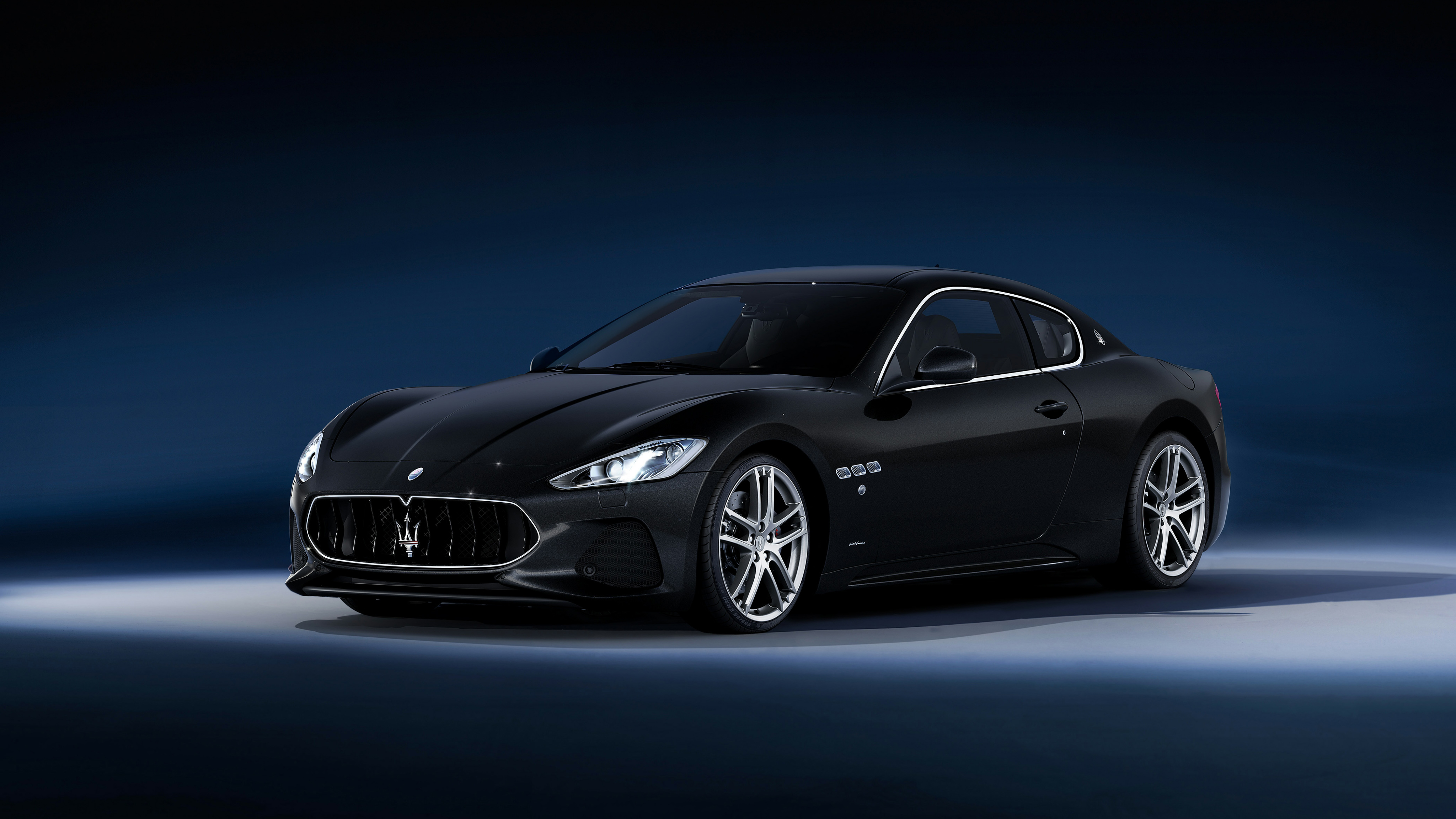
7. **Maserati Sedans**Maserati sedans, exemplified by the elegant Ghibli and the executive Quattroporte, represent the pinnacle of Italian automotive artistry, combining exhilarating performance with unparalleled luxury and exclusivity. These vehicles are designed to deliver a visceral driving experience, powered by high-performance engines and adorned with bespoke interiors. However, the privilege of owning such a distinctive and exquisitely engineered machine comes with a corresponding expectation of higher maintenance and repair costs.
The exclusivity and exotic engineering inherent in Maserati vehicles are major contributors to their elevated long-term expenses. Maserati utilizes highly specialized, often hand-crafted, components and complex mechanical systems that set them apart from more mainstream luxury brands. This bespoke nature means that parts are not only expensive but also can be less readily available, potentially leading to higher costs and longer service times when repairs are needed.
Based on estimated repair and maintenance costs for 2025, Maserati vehicles are projected to incur approximately $1,436+ per year. When calculated over a seven-year ownership period, this translates to a minimum of $10,052+, comfortably placing Maserati sedans in the category of vehicles costing over $10,000 to maintain within their first seven years. This figure truly reflects the premium nature of the brand and the meticulous care its vehicles require.
Labor costs for Maserati service are also exceptionally high. As a marque with highly specialized engineering, technicians working on Maserati vehicles require extensive, brand-specific training and expertise. This specialized skill set commands higher labor rates, further contributing to the overall cost of both routine maintenance and unexpected repairs. Even minor adjustments often necessitate the precision and knowledge only found in authorized Maserati service centers.
For discerning individuals considering a Maserati sedan, it is essential to embrace a proactive and generous approach to budgeting for maintenance. Strict adherence to the factory service schedule, engaging only with authorized dealerships or highly reputable independent specialists, and preparing for the cost of premium, specialized parts are non-negotiable aspects of ownership. An extended warranty can serve as a vital financial safeguard against the potentially substantial bills that can accompany major component failures in these high-performance, luxury automobiles.
**Strategic Tips to Mitigate High Maintenance Costs**
While owning a luxury sedan often comes with a higher price tag for maintenance, there are strategic steps owners can take to minimize these expenses and ensure their vehicle remains a joy to drive without becoming an unexpected financial burden. Understanding these approaches can significantly impact the long-term affordability of your premium vehicle.
One of the most effective strategies is to diligently “stick to the routine maintenance schedule” provided in your owner’s manual. As automotive experts consistently advise, proactive maintenance is the cornerstone of preventing more severe and costly repairs down the line. Neglecting simple services like oil changes, as one anecdote highlights with a BMW needing a seized engine replacement due to neglected oil, can lead to catastrophic and extremely expensive failures. Regular inspections and timely fluid replacements are small investments that yield significant savings in the long run.
For those considering a used luxury sedan, a crucial step is to “order a prepurchase inspection” (PPI) by a trained technician. This approximately $200 service can identify existing issues or impending repairs, potentially saving you thousands of dollars by helping you avoid purchasing a “lemon” that requires immediate, extensive work like an $11,000 engine overhaul. It’s a modest investment that provides invaluable peace of mind and informed buying power.
Another savvy approach is to explore the benefits of an extended auto warranty, especially before your factory coverage expires or if you drive an older vehicle without one. A bumper-to-bumper extended warranty, which typically costs around $1,000 per year, “should almost entirely cover the cost of a… $10,000 engine replacement,” or a $4,000 suspension repair, provided the failure is covered under the contract. This offers a robust financial safety net against the unpredictable and often massive repair bills associated with complex luxury vehicles.
Finally, for simpler tasks, don’t shy away from the idea of “DIY what you can.” Relatively straightforward maintenance items such as replacing windshield wipers, cabin air filters, or even car batteries can often be handled at home with the aid of online tutorials, saving on labor costs. While it’s important not to attempt complex repairs that could void your warranty or worsen the problem, taking on minor maintenance can contribute to noticeable savings over time.
Car Model Information: 2015 Maserati Ghibli S Q4
Name: Maserati Ghibli
Caption: 2018 Maserati Ghibli GranLusso
Manufacturer: Maserati
Assembly: Modena,Grugliasco,Turin
Class: Grand tourer,Executive car
BodyStyle: fastback,coupé,Roadster (automobile),Sedan (automobile)
Production: AM115: 1967–1973,AM336: 1992–1998,M157: 2013–2023
Categories: 1970s cars, 1990s cars, 2010s cars, Articles with short description, CS1 Italian-language sources (it)
Summary: Maserati Ghibli is the name of three different cars produced by Italian automobile manufacturer Maserati: the AM115, a V8 grand tourer from 1967 to 1973; the AM336, a V6 twin-turbocharged coupé from 1992 to 1998; and the M157, an executive saloon from 2013 to 2023.
Ghibli is the Libyan Arabic name for the hot dry south-westerly wind of the Libyan desert.
Get more information about: Maserati Ghibli
Buying a high-performing used car >>>
Brand: Maserati Model: Ghibli
Price: $16,498 Mileage: 74,452 mi.
Read more about: A Financial Black Hole: 13 Sedans Experts Say Drain Your Bank Account After the First Year
Ultimately, informed car ownership is about more than just the initial purchase price; it’s about a comprehensive understanding of the total cost of ownership. By choosing a vehicle known for its reliability, adhering to its maintenance schedule, conducting thorough inspections, and considering protective measures like extended warranties, owners can effectively manage the long-term financial commitment that comes with some of the most intriguing and demanding sedans on the market. It’s an investment in your vehicle’s longevity and your financial peace of mind.”

